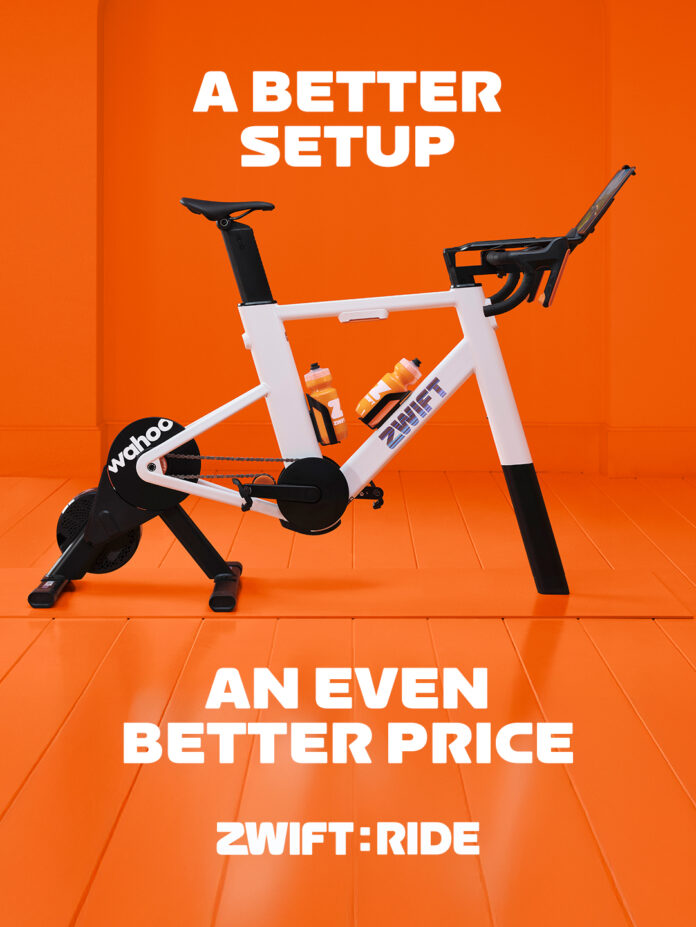The “Watts up with Power?” ride is likely the slowest group ride you’ll find on Zwift, because it focuses on learning the basics of power based training while riding together on Zwift. Each ride is streamed to Zwift LIVE by ODZ on Facebook, and focuses on teaching specific principles of power-based training. For viewers that are unable to attend live, the teaching is made available for all to review afterwards.
Here is the summary for May 10th from ride leader Brett Jenner.
One tricky thing about triathlon is that most people get introduced to the sport through short distance racing – Sprint or Olympic. There is a wide range of approaches to these short-distance races when it comes to nutrition (bananas taped to top tubes, potatoes duct taped to seat posts, et cetera). But it is only as the event distances increase that the ability to properly meter the effort, nutrition, and hydration become vital factors to race day success.
While the goal in cycling is to put out the most watts over a given distance, in long course racing if our goal is to have the best total time (finish time) then we are looking to nail that sweet spot of going just hard enough to have legs for a successful run. Before we get into the analytics of how to do this the following disclaimer needs to be made – there is no secret sauce when it comes to long course success. The following factors are primary to long course success: aerobic development (this can take years and years of consistent hard work), nutrition that is considered and well-planned, race fueling, race hydration, and pacing that is realistic, executable, and based on data realized during training.
Using a Power Meter can help you pace an Iron-distance event. While pacing and properly metering the effort on the day has been cited above as factors contributing to success, the factors below are cited as hindering success and can all be seen at any given event in the Age Group and even Pro ranks:
- Going out too hard (only to blow up later)
- Hammering the hills
- Burning too many matches with surges (VI)
- IM Florida is very different from IM Nice or Mont Tremblant
- Underestimating the Effects of Altitude and Heat and Humidity
For those interested in learning more about how to properly pace the bike in Ironman using a Power Meter there is a great graphic relationship authored by Rick Ashburn and included in the article by Joe Friel “How to “Cheat” by Using a Power Meter in an Ironman.” Using the Rick Ashburn chart and knowing what kind of athlete you are, we can hone in on what percent of FTP an athlete should aim to average over the course of an Ironman to achieve a particular bike split and also have legs left for a successful run.
